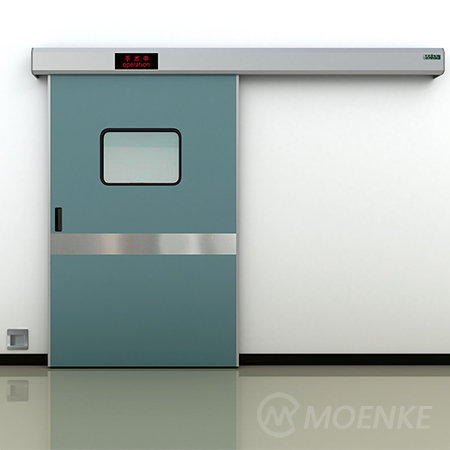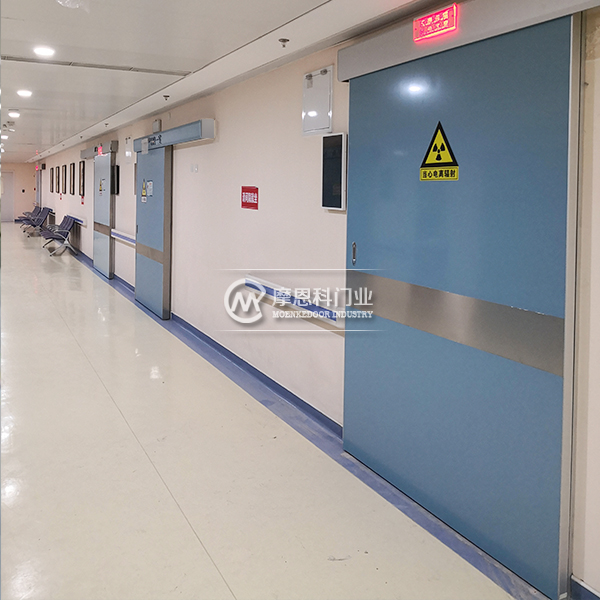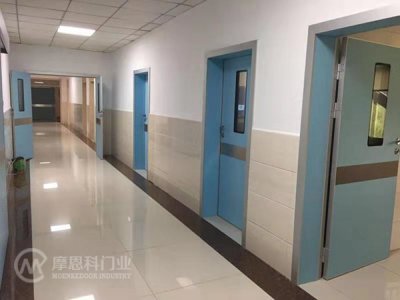In order to facilitate the work of medical staff, when designing ward doors, they are generally designed and manufactured according to some basic performance requirements. So, do you know what requirements? Below, the Moenko editor will provide you with a detailed introduction to the specific content, which users can refer to before making a selection.

1. The fixation of doors and door frames must be firm: a major characteristic of ward doors is frequent opening and closing. Medical personnel conduct regular check ups, exchange injections, doctor bed checks, family visits, and medical doors are opened and closed hundreds of times a day. If the door frame is not secure, there must be a problem with the use of the door. Therefore, this issue should be considered from the beginning of the door design. Two high carbon square steel pipes can be designed inside the door to prevent deformation.
2. Must be collision resistant, scratch resistant, and corrosion-resistant: Medical doors can be hit by hard objects such as hospital beds and wheelchairs, sometimes with strong collisions. In addition, hospitals are public places with many people and mixed eyes, and violent phenomena such as kicking doors cannot be avoided. If the strength of the door is not enough, it cannot tolerate such violence and cannot be used. In addition, the corrosion of human sweat is also very serious. With a high flow of people, excessive sweat will inevitably cause the inner door to fade. If the inner door cannot withstand these daily corrosions, it will age and its decorative value will decrease over a long period of time. Medical door material is a new type of board material that is not only resistant to damage, impact, and abrasion up to 6500 revolutions per minute, but also has acid and alkali resistance. Medical doors can be closed and opened many times normally.
3. Moisture and Waterproof Requirements: Daily cleaning of ward doors is also a major challenge. If the door is not moisture-proof or waterproof, it may swell and become moldy or rotten if it is light. Therefore, the door must have good moisture resistance. The medical door has undergone good moisture-proof treatment in areas prone to moisture. The two longitudinal frames of the door frame have been sealed against moisture near the ground, and a moisture-proof board has been added to the back panel of the door frame to adapt to the local climate environment.
4. From the perspective of door materials, the currently popular ones are steel doors, wood plastic doors, resin doors, and composite wooden doors. However, in order to be suitable for places with high waterproof, anti-collision, wear-resistant, and anti-theft requirements such as hospitals, steel doors are needed. It is recommended to use integrated medical doors with frames to make them more sturdy and have a simpler appearance. In terms of functionality, it is necessary to choose more diverse protective clip configurations.

In short, when designing ward doors, one can judge the quality of the door based on its material, performance, manufacturer service, and other aspects, and then select the appropriate door for use. If the quality of the door is not up to standard, it is inevitable that some problems will occur in the later stage. It is suggested that everyone must do a good job in checking the quality of the door.













